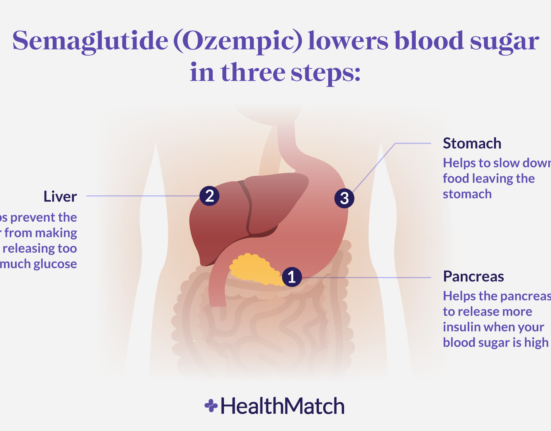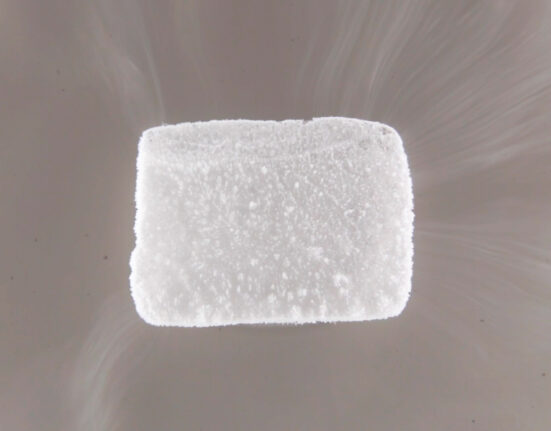Screening For Drugs A Drug Screen is a medical test that detects the presence of drugs in biological samples. These samples can be hair, saliva, urine, breath, or blood. The tests use scientific methods to determine the presence of specified parent drugs or metabolites of these drugs. They can be used to diagnose certain health conditions or to detect drug use.
Saliva drug test
A saliva drug test is a convenient and accurate way to test for drugs in your body. These tests can detect specific drugs in your saliva, including marijuana, cocaine, amphetamines, methamphetamines, PCP, and other substances. However, the test’s accuracy decreases if you take certain foods or beverages. Therefore, it is important to abstain from eating or drinking for at least 10 minutes prior to the test.
For a saliva drug test, the test technician will require a patient to refrain from drinking or eating for at least 10 minutes before administering the test. This is because food, mouthwash, and medication can affect the test results. Once the specimen is collected, the laboratory will analyze it for specific drugs. The results will be provided immediately or sent to a laboratory for further testing.
Hair analysis
Drug Screen hair analysis tests can detect the presence of a range of drugs. The process involves collecting a sample of hair from a person. The hair sample should be approximately 4 cm long and no thicker than a pencil. It is important to cut the hair as close to the scalp as possible. The hair sample is tested for five main drug classes: cocaine, opiates, PCP, THC, and amphetamines.
Detection of drugs in hair samples is a negative result. This does not necessarily mean that the individual did not use drugs; a hair sample may not contain enough of the drug to show up. On the other hand, a positive result indicates that the drug was used. The cut-off levels for positive hair drug testing are not universal across laboratories.
GC-MS test
The GC-MS drug screen test is a rapid and effective method for screening a wide variety of drugs. The test has helped clinicians in many complex toxicology cases. One such case involved a 71-year-old woman who was admitted to the emergency room after experiencing altered mental status. She shared a room with a patient with a similar name but was prescribed different medications than her roommate.
The GC-MS assay was originally designed to detect a broad range of drugs at high-overdose concentrations. However, its sensitivity is relatively low, and some drugs can be present at therapeutic concentrations and not be detected. Despite this, positive results with the GC-MS are highly reliable and specific, and a negative result is not necessarily an indication of the absence of a drug.
IA test
An IA test for drug screening can be performed to detect a range of drugs. Typically, it is used to test for opiates, such as morphine and codeine. It also tests for metabolites of synthetic and semisynthetic opioids. However, it cannot detect fentanyl, a potent synthetic opioid.
The IA test is less reliable than GC-MS, and it can give false positive results. Gas chromatography-mass spectrometry is more accurate and sensitive, but it is more expensive and takes longer to produce the results. It also detects more substances, including amphetamines, opiates, and PCP.
Benzodiazepine test
Benzodiazepines are central nervous system depressants used to treat a variety of disorders, including sleep disorders, anxiety, alcohol withdrawal, and seizure disorders. While these drugs are safe to use, they can also produce side effects such as sedation, confusion, slurred speech, and diminished reflexes. Additionally, they can cause physical dependence and withdrawal syndrome. If you are concerned about the possibility of drug abuse, a Benzodiazepine test may be the best option for you.
A Benzodiazepine test for drug screening can detect this drug up to 2.5 days after ingestion. Compared to urine and blood tests, a saliva test has a much longer detection window. However, saliva tests are also more expensive and not as common as urine tests. There are also several factors that influence the detection window. For example, a person’s metabolism can affect the time it takes for the drug to be detected. Those with fast metabolisms will test positive for a small dose while those with slow metabolism are likely to test positive for a larger dose.








255 Comments